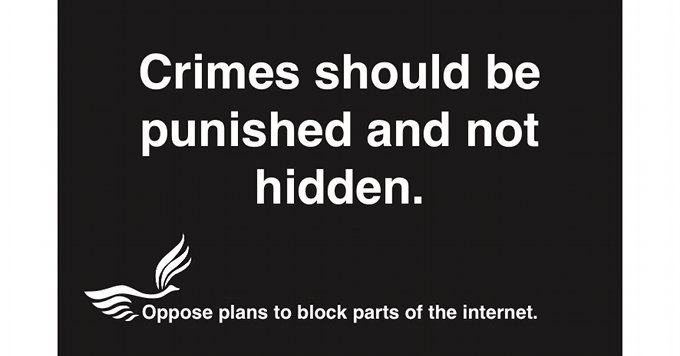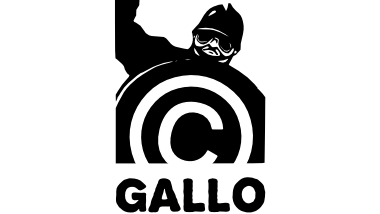Blocking access to these websites does not make them go away. They are still on the Internet and can be accessed by anybody capable of circumventing the filters. And since circumventing the filters is as easy as entering a new DNS server in your computer, it can be done in 10-15 seconds without any technical knowledge. There are even online videosshowing how this can be done.
The approach of blocking websites therefore is counter productive and outright dangerous, since it decreases pressure on Member States to effectively go after these sites. An analysis of current blocking lists from Sweden and Denmark showed that for sites which were on those lists and therefore were known for at least two years in several countries, law enforcement authorities apparently did nothing to try and get this illegal content removed. In stark contrast, a civil rights working group managed to take down these sites in hours just by sending a few emails, even though they were hosted in the United States of America and India as well as the Netherlands.
The proposal of the European Commission furthermore requires the instalment of a censorship infrastructure. Experience tells us that such infrastructure can easily be misused and that it -once in place- will whet politicians’ appetite to extend it to other areas such as copyright violations, hate speech, and many more.
Blocking websites is too easy an answer to a difficult problem and not an ambitious policy goal which really would benefit the victims or prevent further crimes.
Even without misuse, the mechanisms employed to censor access and the technical infrastructure of the internet make it quite probable that when blocking some websites which one wants to target, one also blocks numerous others, which are located with the same webhoster. This is what is called overblocking and which certainly is not desirable.
Blocking websites is too easy an answer to a difficult problem and not an ambitious policy goal which really would benefit the victims or prevent further crimes. Instead of easy populist answers, the policy must be to remove pictures of child abuse from the Internet and to investigate the perpetrators. Priority must go to hunt the culprits down through international cooperation of law enforcement agencies.
Sexual abuse of children is one of the few crimes that is outlawed on a global scale. Experience from leaked blocking lists indicates that most websites in question are located in the USA and Western Europe. Taking them down and getting information on who uploaded them is not black magic, but rather should be the standard.
Unlawful content should be deleted, not simply hidden by creating censorship infrastructure. Perpetrators should be investigated and jailed, not provided with shopping lists in form of leaked blacklists. Instead of employing a useless but dangerous tool, we have to make sure that European law enforcement agencies finally start cooperating in fighting these awful crimes.



Follow the comments: |
|
